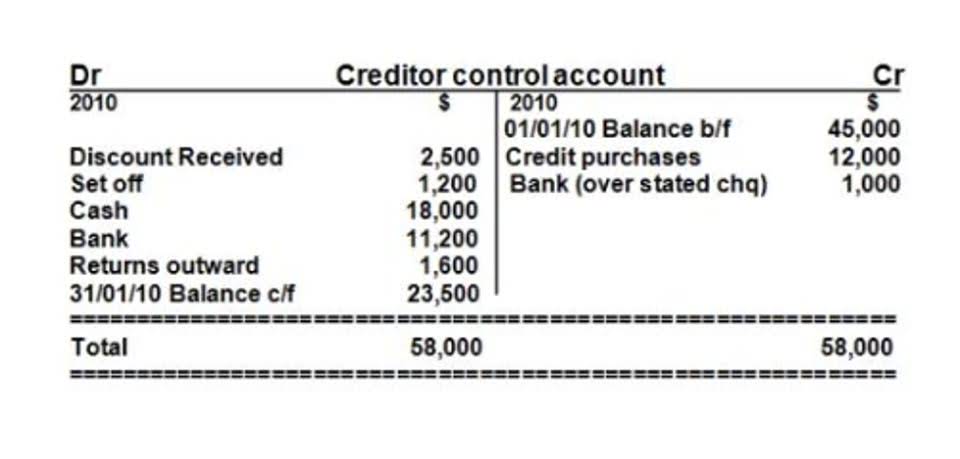Revenue recognition methods
She holds a BA in Psychology and MS in Conflict Resolution, both from the University of Portland. She shares fundamental green building strategies and techniques in her book, Green Building Design 101. If there were more than 3 prior tax years, attach additional Forms 8697 as needed. https://www.bookstime.com/ On the additional Forms 8697, enter your […]

She holds a BA in Psychology and MS in Conflict Resolution, both from the University of Portland. She shares fundamental green building strategies and techniques in her book, Green Building Design 101. If there were more than 3 prior tax years, attach additional Forms 8697 as needed. https://www.bookstime.com/ On the additional Forms 8697, enter your name, identifying number, and tax year. Complete lines 1 through 9 (as applicable), but do not enter totals in column (d).

A Simpler Route To Retirement Plans for Businesses – The Safe Harbor 401(k)
- While the percentage of completion method is often required, certain smaller or shorter-term projects may still be eligible for the completed contract method, subject to IRS approval.
- Meanwhile, the completed contract method might be less intuitive for external stakeholders.
- If the taxpayer or the contract does not qualify for the completed contract method, then the percentage of completion method must be used.
- Avoiding “phantom revenue” from this situation is one reason why it’s good that they don’t record their collections as income right away.
- For contracts on the POC method, an additional deferral is available with the opportunity to elect the 10% method.
The most significant sticking point with GAAP is you always recognize revenue and expenses in the same accounting period. If the specifics of your contract allow you to do so, then the completed contract method is technically plausible. Along these lines, you can now match revenues to the expenditures that help you generate those revenues, giving you a more accurate picture of the true results of this job.
Percentage of completion method examples
- This can improve communication with project owners, GCs, and other stakeholders.
- However, this is a slippery slope, and you should consult with your accountant before moving forward with this method.
- Assume, the company incurs a cost of Rp220 in the first year and Rp80 in the second year.
- In practice, this means you won’t record any expenses or revenues as the project progresses, even if you buy materials or receive compensation from the project owner.
- Well, as far as I know, there is no sure way to do that with stocks, but there is a way to do that with bonds.
Using the percentage of completion method, a contractor recognizes project income and expenses as the project progresses, usually on a monthly basis. The completed contract method (CCM) allows construction companies to delay tax payments for projects that are still underway, in order to mitigate unpredictable costs and ambiguous timelines. This method, along with the percentage completion method (PCM), give builders different revenue reporting options when dealing with the notorious cash flow issues in the industry. They can choose the methods that meet the nature and timeline of their projects, in order to pay taxes when it makes the contra asset account most financial sense for their company.

The Financial Modeling Certification

The balance sheet will reflect contract costs and any advance billings as either an asset or liability, depending on the net position. If billings exceed costs, the net amount is reported as a liability, whereas if costs exceed billings, the net amount is reported as an asset. The completed contract method stands in contrast to the percentage-of-completion method, which recognizes revenue proportionally as a project progresses. This comparison highlights the differences in revenue recognition timing, financial statement presentation, and tax consequences, each of which carries implications for financial reporting and business strategy. A contract is assumed to be complete when the remaining costs and risks are insignificant. The completed contract method of accounting is a rule for recording both income and expenses from a project only once the entire project is complete.

Purpose of Form
In the completed contract method accounting, all the revenues and costs accumulate on the balance sheet until the project’s completion and delivery to the buyer. Once the project is delivered to the buyer, the items in the balance sheet are then moved to the income statement. It is used by the company when unpredictability prevails concerning collecting the funds from customers. Finally, when assessing and choosing revenue recognition methods, contractors should consult with their construction-specific CPA. The discount rate for this purpose is the federal midterm rate under section 1274(d) in effect at the time the amount is properly taken into account. Still, the percentage of completion method remains a powerful tool for accurately recognizing revenue.

The Percentage of Completion Method (PCM)
This restatement is necessary to provide comparability across reporting periods. The cumulative effect of the change on prior periods is typically recorded as an adjustment to the opening balance of retained earnings in the year of change. This adjustment ensures that the financial statements reflect a consistent application of the completed contract method over time.
Top 5 Construction Reports and How They Help Your Business
If there is any unpredictability in collecting funds from customers, then this method is used. This means the contractor can recognize half of the total revenue for the project. If the contract is for $120,000, the contractor would record revenue of $60,000 for the period, which would be reflected in their income statement. An owner of an interest in a pass-through entity is not required to provide the detailed schedule listed above for prior years. The entity should provide the line 1 amounts with Schedule K-1 or on a separate statement for its tax year in which the contracts are completed or adjusted. If completed contract method example there are no adjustments besides the look-back adjustments, the sum of all line 2 amounts should be zero and reflected in column 2(c).

